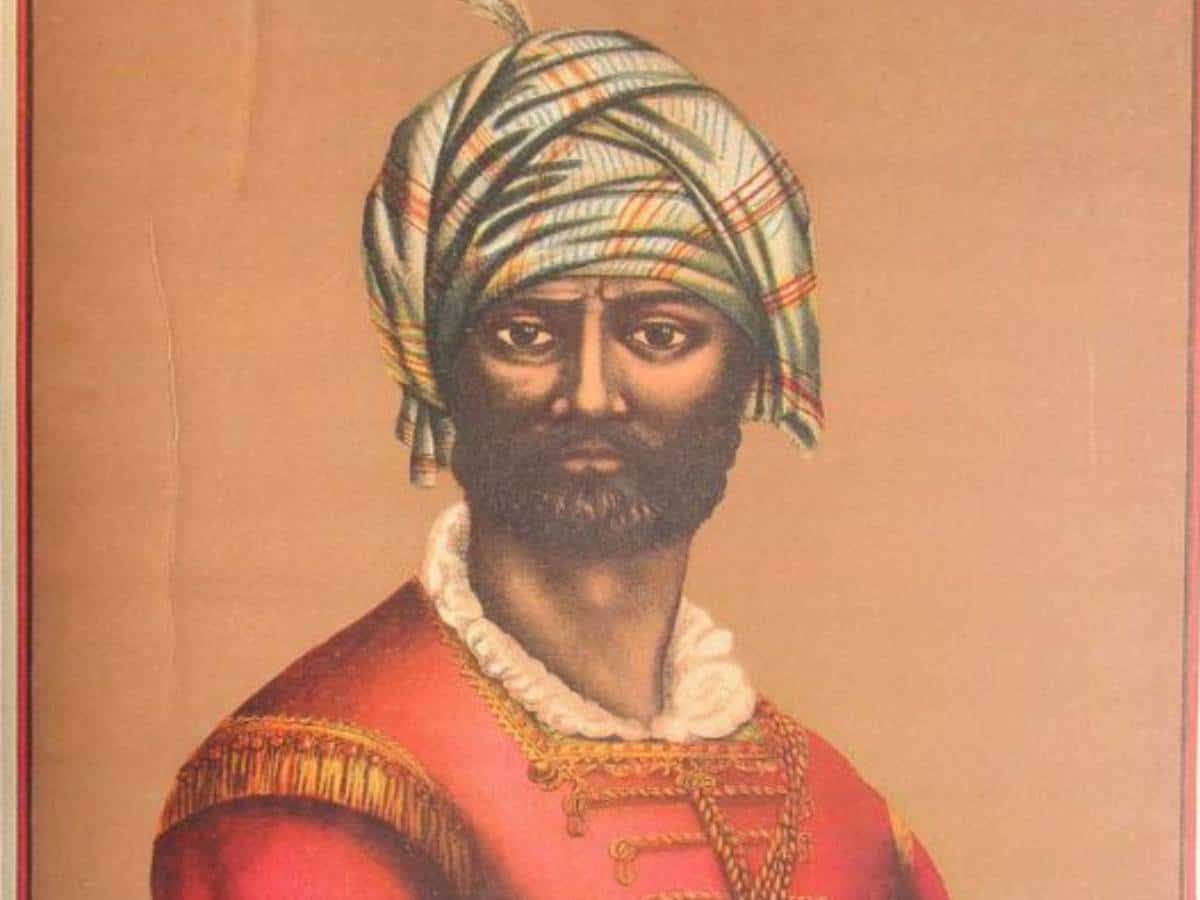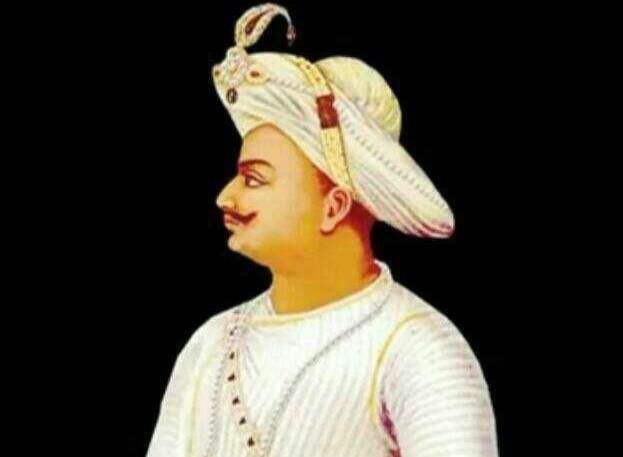With the decline of the Mughal Empire, several provinces seceded from the empire and several independent states came into existence.
Independent State of Hyderabad
The State of Hyderabad was founded by Qamar-ud-din Siddiqi, who was appointed Viceroy of the Deccan, with the title of Nizam-ul- Mulk, by Emperor Farrukhsiyar in 1712. He established a virtually independent state but returned to Delhi during the reign of Emperor Mohammad Shah. In 1724, he has reappointed Viceroy of the Deccan with the title of Asaf Jah. He founded the Asaf Jah dynasty. His successors were known as the Nizams of Hyderabad.

Asaf Jah ruled the Deccan with a firm hand, crushed the rebellious and powerful zamindars, and established a strong administration. He put his nominee, Anwar-ud-din, on the throne of Arcot. After he died in 1748, Hyderabad became easy prey to powerful neighbors. European trading companies started interfering in the domestic politics of Hyderabad for their selfish gains.
Bengal
Bengal in the 18th century comprised Bengal, Bihar, and Orissa. Murshid Quli Khan was the Diwan of Bengal under Aurangzeb. Farrukhsiyar appointed him Subedar (governor) of Bengal in 1717. Taking advantage of the growing weakness of the central authority, Murshid Quli Khan became practically independent. Murshid Quli Khan (1717-27) and his successors Shuja-ud-Daula (1727-39) and Alivardi Khan (1739-1756) gave Bengal a long period of peace and stable administration.

Murshid Quli Khan All these three rulers gave encouragement to trade but maintained strict control over the foreign trading companies. Alivardi Khan did not permit English and French trading companies to fortify their possessions in Bengal.
Tomb of Murshid Quli Khan However, the Nawabs of Bengal failed to build up a strong army and navy. They also failed to prevent corruption among the officials. Nor did they firmly destroy the tendency of the East India Company to use force. Their ignorance of the situation in Europe proved costly. Bengal was the first province to be conquered by the East India Company.
Awadh
The subah of Awadh comprised Benaras and some districts near Allahabad. Saadat Khan Burhan-ul-Mulk was appointed Governor of Awadh by the Mughal Emperor. But he soon became independent. He established a strong administration, crushed the power of the big zamindari, and brought about law and order in the country.
Nawab Safdar Jang

His successor Safdar Jang gave Awadh a long period of peace and prosperity. The authority of the Awadh rulers extended up to Rohil-Khand, a territory to the east of Delhi.
Mysore
Early in the 18th century, Mysore was ruled by a Hindu king. After the death of the king, Hyder Ali captured the throne. Though illiterate, Hyder Ali was an efficient administrator. He became the ruler of Mysore when Hyder Ali was a weak and divided state.
Hyder Ali

But within a short period, he made Mysore one of the leading Indian powers. He modernized the army and expanded his kingdom through conquests. He was strong enough to emerge as a rival of the British.
Kerala
At the beginning of the eighteenth century, Kerala was divided up among a large number of feudal chiefs and rajas. The four most important states were those of Calicut, under the Zamorin, Chirakkal, Cochin, and Travancore. The kingdom of Travancore rose into prominence after 1729 under King Martanda Varma, one of the leading statesmen of the eighteenth century
He subdued the feudatories, conquered Quilon and Elayadam, and defeated the Dutch, thus ending their political power in Kerala. He organized a strong army on the Western model with the help of European officers and armed it with modern weapons. He also constructed a modern arsenal. Martanda Varma used his new army to expand northwards and the boundaries of Travancore soon extended from Kanyakumari to Cochin. He undertook many irrigation works, built roads and canals for communication, and gave active encouragement to foreign trade.
By 1763, all the petty principalities of Kerala had been absorbed or subordinated by the three big states of Cochin, Travancore, and Calicut. Haidar Ali began his invasion of Kerala in 1766 and in the end annexed northern Kerala up to Cochin, including the territories of the Zamorin of Calicut. The eighteenth-century saw a remarkable revival in Malayalam literature. This was due in part to the rajas and chiefs of Kerala who were great patrons of literature. Trivandrum, the capital of Travancore, became in the second half of the eighteenth century, a famous center of Sanskrit scholarship. Rama Varma, the successor of Martanda Varma, was himself a poet, scholar, musician, renowned actor, and a man of great culture.
The Rajput States
Taking advantage of the growing weakness of Mughal power, the Rajput states became virtually independent. But the Rajput chiefs continued to be divided as before. Most of the Rajput states were involved in petty quarrels and civil wars.
Raja Sawai Jai Singh of Amber (1681-1743) was a renowned Rajput ruler. He founded the city of Jaipur. He also erected observatories with accurate and advanced instruments at Delhi, Jaipur, Ujjain, Varanasi, and Mathura. With the rise of the Marathas, Rajput influence began to decrease.
Punjab
It was under the leadership of Guru Gobind Singh, the tenth and the last Guru of the Sikhs that the community became a political and military force. The invasions of Nadir Shah and Ahmad Shah Abdali and the consequent decline of Mughal power allowed the Sikhs to rise. Between 1765 and 1800 they brought the Punjab and Jammu under their control. At the end of the 18th century Ranjit Singh, chief of the Sukerchakia Misl brought all the Sikh chiefs west of the river Sutlej under his control and established a powerful Sikh empire in Punjab.
After Ranjit Singh’s death, there was confusion in the Sikh state. The English, who were on the lookout for an opportunity to expand their territories, conquered the Sikh kingdom (1839-40).
The Sukerchakia Misl was one of 12 Sikh Misls in Punjab during the 18th century concentrated in Gujranwala and Hafizabad district in Western Punjab (in modern-Pakistan) and ruled from (1752-1801). The Sukerchakia last Misldar (commander of the Misl) was Maharaja Ranjit Singh. Towards the end of the eighteenth century, Maharaja Ranjit Singh united all the misls and established an independent kingdom in Punjab.
The Maratha Empire, 1760
Shahuji, the grandson of Shivaji, who had been imprisoned by Aurangzeb, was released by Bahadur Shah in 1707. The Maratha state at that time was ruled by Tara Bai, the queen regent. A civil war broke out between the two Shahu was victorious.
Shahuji appointed Balaji Vishwanath as his Peshwa or Prime Minister in 1713. Balaji Vishwanath concentrated all power in his own hands and became the real ruler of the Marathas. The king was relegated to the background. Balaji Vishwanath assigned separate areas to the Maratha sardars (chiefs) for the collection of levies of Chauth and sardeshmukhi.
Balaji Baji Rao (1740-1761) further extended the empire in different directions. Maratha’s power reached its height under him. The Marathas soon reached Delhi and offered their support to the Mughal emperor. The expulsion of Ahmad Shah Abdali’s agent from Punjab brought the Marathas into an open conflict with Ahmad Shah Abdali.
The battle between the two forces was fought in Panipat in January 1761. The Marathas were completely defeated. Nearly 28,000 soldiers were killed. The Peshwa died in June 1761. The Battle of Panipat destroyed the possibility of the Marathas emerging as the strongest power in India. For the British, this battle was of immense significance. The Maratha defeat cleared the way for the rise of British power in India.

